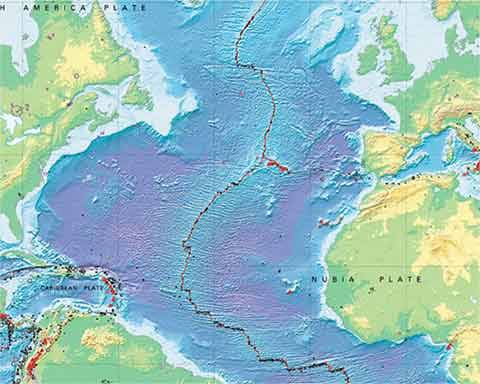 I picked up a Celestron digital microscope/camera a few weeks ago. These are surprisingly cheap and let you take some astonishing video and photography on a micro level you might not otherwise get to see with a normal camera and even the fanciest macro setup.
I picked up a Celestron digital microscope/camera a few weeks ago. These are surprisingly cheap and let you take some astonishing video and photography on a micro level you might not otherwise get to see with a normal camera and even the fanciest macro setup.
The model I got takes 4mb images and does high-def video at high frame rates (for smooth slow motion). After messing around with ice crystals and eyeballs I turned the it on the Ninja.
I’ve always thought the petal type rotors on the Ninja are a nice feature, and up close they take on an abstract modernism that is really beautiful. I couldn’t help but critically exam them while they were under the microscope, they seem to be wearing very evenly.
Looking at the chain up close was another matter. What I thought was a clean, well lubricated chain didn’t look so clean under a microscope. The road grit that gets caught up in the lubricant is obvious at even low magnification. I suppose the only time your chain looks nice is before you use it.
The radiator fins made another interesting closeup. These look perfectly formed and even to the naked eye, but up close the folds in the cooling fins look like they were made by hand. It’s another world when you get to micro-photography. No corrosion and they look to be wearing well though.
The small-print on the tires are very sharp considering that they are branded into rubber. The sidewalls look to be in very clean shape after my first season too.
What was freakier was looking at the micro-detail in the treads. Motorcyclists have such tiny contact patches on the road, they tend to be much more tire focused than four wheeled vehicles. With the naked eye the tires on the bike still look in great shape, but under the microscope they made me nervous. Don’t look at your bike tires under a microscope unless you’ve got a strong stomach:
That’s the narrow end of one of the tread cuts on the rear tire (not quite a season old) of the Avon Storms on the Ninja. Once again, they look in great shape to the naked eye, but tires are the sharp end of the spear on a bike and up close they show their wear in the tread grooves. In this case it looks like the contact patch is in good shape but the rubber in the grooves has dried out.
As a photographic exercise the Celestron digital microscope/camera was a lot of fun to play with, and at only about fifty bucks it might also make a handy diagnostic tool (the photos are jpgs and the videos are avi, so you could easily share them with people too). In video mode it could create high-def, high frame rate (slow motion) images as you scan over an area and show cracks or damage in fantastic detail. It would be interesting to run this over internal engine parts after high mileage to get a sense of how they wear.






















